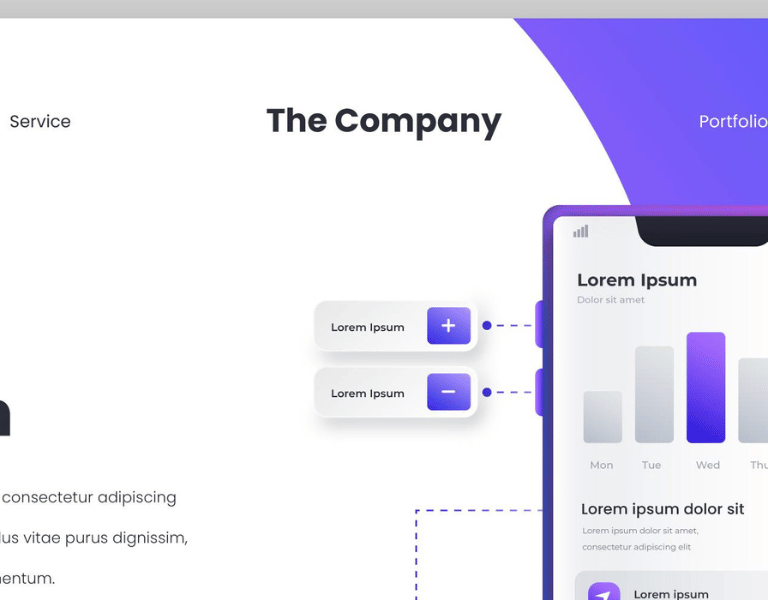Introduction:
In the entrepreneurial world, time is not just money; it’s the compass that guides every endeavour. Timeline mapping, the art of plotting your entrepreneurial journey chronologically, is a powerful strategy for navigating business challenges effectively.
This blog will explore six potent methods and strategies to map your timeline from inception to success. As entrepreneurs, understanding these techniques can make the difference between chaos and clarity, ensuring your path to success remains both purposeful and achievable.
Here are 6 ways to effectively timeline map your business:
Lean startup timeline:
Adopt the principles of the Lean startup methodology to create a concise timeline. Develop a minimum viable product (MVP) and set short, iterative cycles for testing and feedback. This approach ensures rapid progress, allowing you to adapt to market dynamics and pivot when necessary. It’s an agile way to map your timeline, emphasising quick execution and learning.
Customer journey mapping:
Put your customers at the centre of your timeline mapping. Understand their journey, from awareness to purchase and beyond. Align your business activities with critical touchpoints in this journey. By focusing on customer needs and experiences, you’ll create a timeline that fosters customer-centricity and loyalty.
Resource-based timeline:
Efficient resource allocation is vital for entrepreneurs. Map your timeline by considering resource availability and constraints, such as budget, talent, and technology. This strategy helps you make informed decisions about when to pursue specific initiatives, ensuring optimal resource utilisation.
Agile sprint planning:
Borrowing from Agile project management, divide your timeline into sprints. Each sprint represents a short, focused period (e.g., two weeks) where specific goals or tasks are accomplished. Agile sprint planning enhances flexibility, collaboration, and adaptability in your entrepreneurial journey.
SWOT analysis timeline:
Conduct a SWOT (Strengths, Weaknesses, Opportunities, Threats) analysis to inform your timeline. Identify strengths to leverage, weaknesses to mitigate, opportunities to seize, and threats to navigate. Align your timeline to capitalise on your strengths, address weaknesses, exploit opportunities, and defend against threats strategically.
Visual storyboarding:
Entrepreneurs can benefit from visual storytelling techniques. Create a visual storyboard or narrative that depicts your business journey from inception to success. Use images, graphics, or even videos to illustrate key milestones, challenges, and victories. Visual storytelling enhances communication, helping you convey your vision to stakeholders and team members effectively.
Conclusion:
Timeline mapping is the entrepreneur’s compass, guiding them through the complex journey of creating and growing a business. The methods and strategies we’ve explored offer versatile tools to map your entrepreneurial timeline effectively. Whether you’re aiming for visual storyboarding, agile sprint planning, or customer journey mapping, these techniques help you stay on course. By mastering timeline mapping, you not only enhance productivity and organisation but also gain the clarity and direction needed to achieve entrepreneurial success. As you embark on your journey, remember that time is your most valuable asset; use it wisely, and your path to success will become clearer and more attainable.








